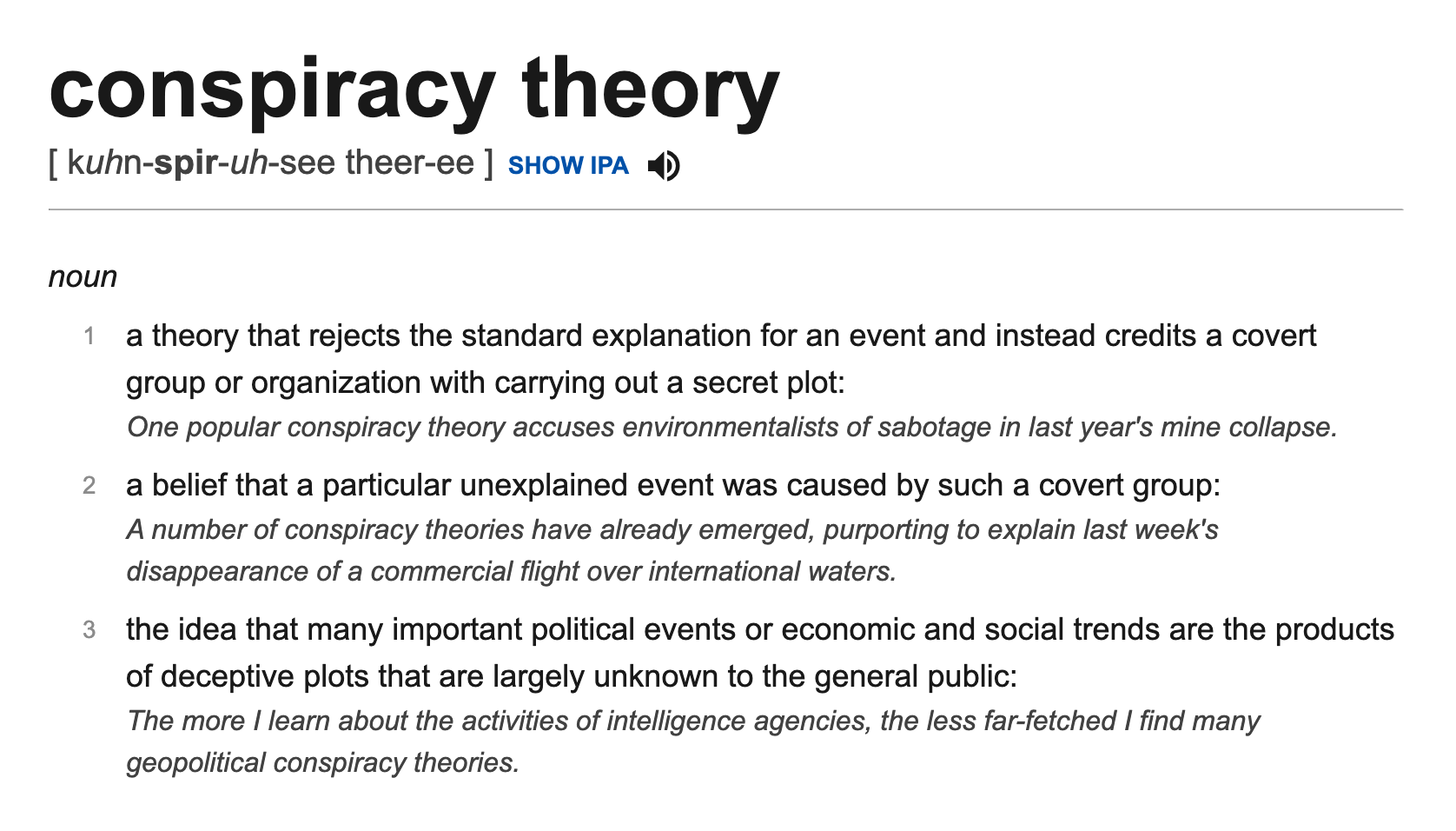Employee Culture and Engagement is in Upheaval

Since the lockdown began, 50% of employees say their level of engagement with their work has increased.
Do not get too excited. The reverse statement is equally true.
Since the lockdown began, 50% of employees say their level of engagement with their work has decreased.
Confused?
We are only beginning to disentangle the ball of string that currently constitutes the state of culture and engagement in the US workplace.
The 50/50 numbers on engagement are found in a new study, “Workshift 2020," a look at how the crisis is changing the priorities of the US workforce, conducted by the global communications company Ketchum. Their conclusion is that American workers are undergoing a dramatic reevaluation of their professional priorities.
Other “Workshift 2020” highlights include:
- More than half of workers (52%) believe feeling safe at work is more important than being promoted.
- One-third (33%) agree that feeling safe is even more important than either salary or career advancement.
- A large majority (79%) says an employer’s values are more important to them now than pre-COVID.
Here is one more illustration of the constantly shifting picture. Earlier this year, in “long-ago” April, an employee engagement survey concluded that diversity, equity and inclusion (DE&I) were not a top priority. In that study, only 19% of companies said that it was a focus for employee communication and some respondents said they were pausing their DE&I efforts as it was not important right now (our emphasis!).
Let us fast forward to July.
In the Ketchum survey, three quarters of employees (74%) said they believe their company’s diversity, equity and inclusion values are more important now than they were before the pandemic.
There is evidence that Diversity & Inclusion is undergoing great change during the COVID era. HR Consultants Emtrain recently undertook a post-pandemic update to its 2020 Workplace Culture report. It found that, just a few months after the 2020 survey:
- An 11% drop for employees rating their workplace culture as “healthy” in preventing harassment.
- A 10% decrease in employees saying “there are well-understood norms of behavior governing how people treat each other in the workplace” – a key indicator of the health of a workplace culture, according to Emtrain.
How, in the light of all these shifts in workers’ priorities, can you build the foundation for a healthy workplace culture?
Consultant McKinsey makes several recommendations for the hybrid workplace, in which some workers are physically present and others virtual, in a July white paper. One of the insights is that the more geographically dispersed a team becomes, the less effective the leadership. Therefore, it says, leaders must “show up” differently in their interactions with employees.
Among the behaviors it identifies to “show up” differently are:
- Be more inspirational: As you cannot rely on hierarchical forms of leadership, and digital channels reduce the physical cues of in-person interactions, inspirational forms of leadership will help compensate.
- Cultivate informal interactions: Informal and unplanning encounters foster engagement and the exchange of ideas. However, this does not happen naturally in a virtual setting. You need to plan for, and create time, for these kinds of interactions.
- Role model the right stance: Research shows that leaders underestimate how their actions affect and are interpreted by others. Therefore, if you have a hybrid workplace, you should mix your own presence at the office with remote working to demonstrate support for all employees.
- Do not rely solely on virtual interactions: Despite advances in technology, nothing can entirely replace face-to-face interactions which build emotional connection, richer collaboration and, ultimately, a stronger culture.
- Track your informal networks: Corporate organizations consist of multiple, overlapping and intersecting social networks. Hybrid workforces weaken the social ties that bind people. Therefore, leaders must map, monitor and create new informal networks.
To be a leader during this pandemic is exceptionally tough. You must:
- Keep your employees safe.
- Ensure that remote workers have the tools to be productive.
- Observe the myriad of laws and regulations governing everything from worker benefits to preventing harassment.
- Protect your IT networks from cyber-attacks, made even more difficult by home working and new devices connecting to your network.
It is culture that binds organizations, motivates employees and supports engagement.
Learn how hundreds of organizations large and small are using our award-winning crisis management platform, In Case of Crisis, to better prepare for and respond faster to emerging threats.









